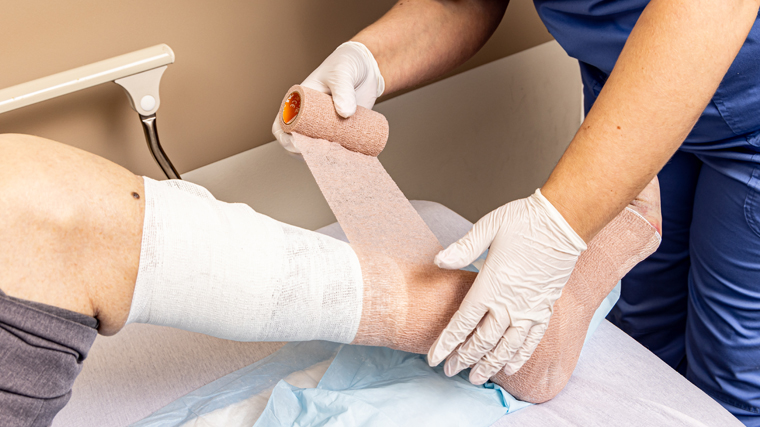Immediate Treatment Of Burns Leads To Better Outcomes

Find Your Perfect Match
Answer a few questions and we'll provide you with a list of primary care providers that best fit your needs.
A critical countdown begins the minute a person sustains a burn to their skin because the next 72 hours will ultimately decide its outcome.
It’s common to think that the injury you see immediately after being burned is the extent of your injury long-term. Science proves this thinking wrong. A burn can actually morph and deepen up to 72 hours after your initial incident.
Immediate medical evaluation of a burn is critical. How soon the burn process is stopped and how quickly a person gets specialized medical care determines the physiological, functional, and cosmetic outcomes of the injury.
Degree Of Burns
The degree of a burn is diagnosed through a clinical exam conducted by a specialist and is often determined by the level of skin that is involved. First-degree burns are superficial burns that involve only the top layer of skin, the epidermis. Second-degree burns involve the dermis – the thick layer of living tissue below the epidermis that forms the true skin, and in which lies blood capillaries, nerve endings, sweat glands, and other structures.
Third-degree burns involve the fatty tissue underneath the epidermis, and fourth-degree burns involve the deeper structures including tendons, muscle, and bone. Fourth-degree burns are most common in patients who have electrical injuries. Diagnosis of a burn is a process that involves observation up to 72 hours after the incident.
Flame burns and scald burns are the two most commonly seen. Flame burns are common in young adults, especially young males who tend to be engaged in risky activity. Scald burns are common among young children and older adults. Children’s burns are caused by immature judgment, while older adults may experience burns from accidents as a result of medical issues such as a cardiac event.
Knowledge is critical in properly treating a burn:
- Know the look. There are specific characteristics of burns that should always be evaluated by a specialist. Any burn that is larger than a quarter, forms blisters, is dry or tender to the touch, is firm, or is surrounded by a large ring of redness needs medical attention. Such characteristics signal the burn is equal to a second-degree burn.
- Seek advice when in doubt. Those who think they are in the clear because their burn has not penetrated the first layer of skin shouldn’t be so quick to relax. It is possible for some first-degree burns – such as a bad sunburn – to convert to second-degree burns.
- It’s a race against time. Seeking medical attention for burns as fast as possible is extremely important. Burns that convert to the second-degree stage or beyond are more susceptible to infection. You have 72 hours to seek medical attention for a burn in order to obtain the best outcomes of care.
- Wives’ tales are harmful. There are misconceptions about how to treat burns that can actually do significant harm. Applying grease and butter to a burn, for instance, can expose the skin to bacteria and infection. And the idea that placing your burn in cold or freezing water will stop the pain and progression of the burn actually do the exact opposite.
Find Your Perfect Match
Answer a few questions and we'll provide you with a list of primary care providers that best fit your needs.
Source: Miami Valley Hospital Burn Center




